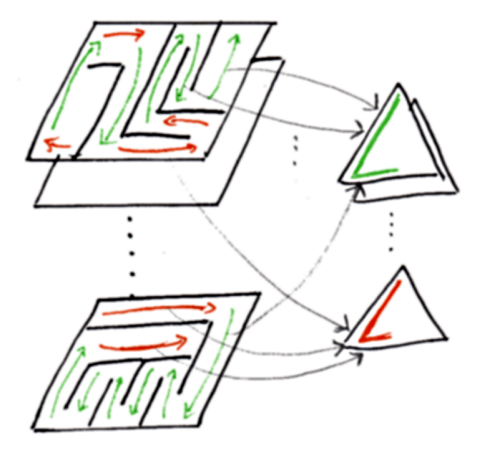Sensory Representations and Reinforcement Learning
Back to ResearchMathias Schmerling
There is a long-standing interest in understanding the sensory processing of biological and artifical networks of neurons in terms of representations - computations of the raw sensory variables such as light pulses or pixel intensities into abstract variables that can be identified with meaningful variables of the environment, such as spatial position of an agent. Despite impressive recent progress in learning representations with Deep Neural Networks, it is as yet not well understood what characterizes good representations. We understand good representations as representations that generalize well across tasks and environments and approach the problem of learning them with a combination of spectral techniques such as Slow Feature Analysis and Deep Reinforcement Learning.


